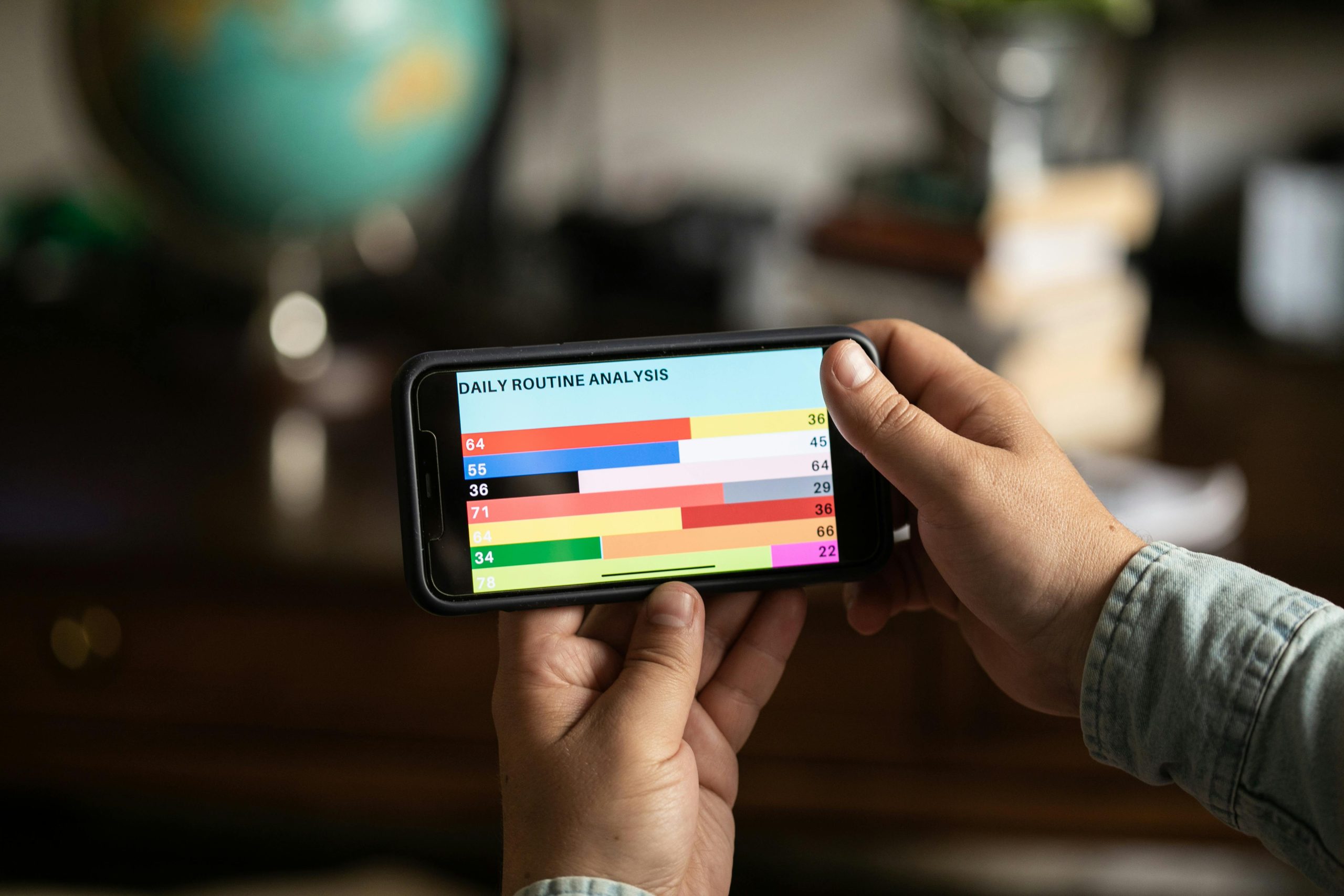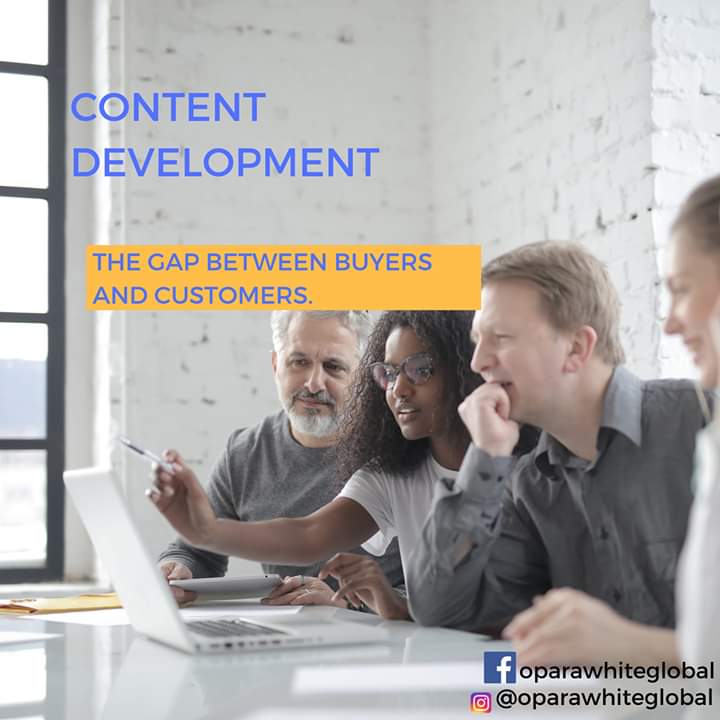Visual content is media that uses images, graphics, or videos to convey information, tell stories, or engage audiences visually. In the digital age, the adage “a picture is worth a thousand words” has never been more relevant. As businesses, educators, and content creators seek to capture and retain the attention of increasingly distracted audiences, visual content has emerged as a powerful tool. Images and infographics, in particular, offer a compelling way to convey complex information quickly and effectively. Mastering the use of visual content can significantly enhance communication, engagement, and retention of information.
The Science Behind Visual Content
Table of Contents
Human beings are inherently visual creatures. Our brains process visual information 60,000 times faster than text, and 90% of the information transmitted to the brain is visual. This biological predisposition means that visuals are more likely to be noticed, remembered, and shared. Cognitive psychology supports this, suggesting that visual aids can improve learning and comprehension by up to 400%.
Moreover, visuals can simplify complex concepts. Infographics, for example, break down dense information into digestible pieces, using charts, icons, and concise text to make data accessible and engaging. This visual representation not only aids understanding but also helps in retaining information. Studies have shown that people remember 80% of what they see and do, compared to just 20% of what they read and 10% of what they hear.
Benefits of Visual Content in Communication
Enhanced Engagement:
Visual content is inherently more engaging than text. Social media platforms like Instagram and Pinterest thrive on visual content, while posts with images on Facebook and Twitter receive significantly more likes, shares, and comments than those without. Visuals draw attention and invite interaction, making them invaluable in capturing and maintaining audience interest.
Improved Retention:
The human brain’s affinity for visuals means that information presented in this format is more likely to be remembered. Infographics, for instance, combine images, colors, and text to create memorable narratives. This is particularly useful in educational settings, where visual aids can enhance learning outcomes.
Simplified Communication:
Images and infographics can convey complex information quickly and clearly. A well-designed infographic can illustrate data trends, processes, or comparisons more effectively than paragraphs of text. This is especially beneficial in business and marketing, where concise communication is crucial.
Increased Shareability:
Visual content is more likely to be shared on social media, extending its reach and impact. Infographics are particularly shareable due to their ability to condense valuable information into an appealing format. This makes them an excellent tool for content marketing, as they can drive traffic and increase brand visibility.
Creating Effective Visual Content
To harness the power of visual content, it’s essential to understand the principles of effective design and storytelling. Here are some key considerations:
Clarity and Simplicity:
Visual content should be easy to understand at a glance. Avoid clutter and focus on conveying one main idea or message. Use clear, concise text and supportive imagery to enhance comprehension.
Relevance:
Ensure that visuals are directly related to the content they accompany. Irrelevant images can confuse the audience and detract from the message. For infographics, use accurate data and credible sources to maintain trustworthiness.
Consistency:
Maintain a consistent style and color scheme across your visuals to create a cohesive brand identity. This helps in building recognition and trust with your audience. Consistency also extends to the tone and messaging of the content.
Aesthetics:
Attractive visuals are more likely to engage and retain viewers. Pay attention to design elements such as color, typography, and layout. Use high-quality images and graphics to create a polished, professional look.
Storytelling:
Effective visual content tells a story. Whether through a single image or a series of graphics, aim to create a narrative that resonates with your audience. Infographics are particularly effective in storytelling, as they can guide the viewer through a logical progression of information.
Tools and Techniques for Creating Visual Content
There is a plethora of tools available to help create stunning visual content, even for those without a background in design. Some popular options include:
- Canva: An intuitive graphic design tool that offers templates for infographics, social media posts, presentations, and more. Canva is user-friendly and ideal for beginners.
- Adobe Spark: A suite of design tools that enables users to create graphics, web pages, and video stories. Adobe Spark is known for its professional-quality outputs.
- Piktochart: A specialized tool for creating infographics and presentations. Piktochart offers a range of templates and customization options.
- Visme: A versatile content creation tool that supports infographics, presentations, charts, and social media graphics. Visme provides extensive customization and interactivity features.
- Google Charts: A free tool for creating interactive charts and data visualizations. Google Charts is ideal for embedding visual data in websites and reports.
Case Studies: Success with Visual Content
Numerous organizations have successfully leveraged visual content to enhance their communication and marketing efforts. For instance:
- HubSpot: This inbound marketing company frequently uses infographics to share data-driven insights and industry trends. Their visually appealing and informative infographics are widely shared, establishing HubSpot as a thought leader.
- National Geographic: Known for its stunning photography and visuals, National Geographic effectively uses images to tell compelling stories about nature, science, and culture. Their Instagram account, with millions of followers, is a testament to the power of high-quality visual content.
- IBM: IBM uses infographics to explain complex technologies and industry solutions. By simplifying technical information, they make their content accessible to a broader audience, enhancing engagement and comprehension.
The Future of Visual Content
As technology continues to evolve, the possibilities for visual content are expanding. Augmented reality (AR) and virtual reality (VR) are emerging as powerful tools for creating immersive visual experiences. These technologies can transform how we interact with information, offering new ways to visualize data and tell stories.
Interactive infographics and data visualizations are also gaining traction, allowing users to engage with content in a more meaningful way. By providing interactive elements, creators can offer personalized experiences that adapt to the viewer’s interests and preferences.
Conclusion
In conclusion, mastering visual content is essential in today’s digital landscape. Images and infographics offer unparalleled advantages in engagement, retention, and communication. By understanding the principles of effective visual design and utilizing the right tools, anyone can harness the power of visual content to enhance their message and connect with their audience. As we look to the future, the role of visual content will only continue to grow, making it a critical skill for success in the digital age.




